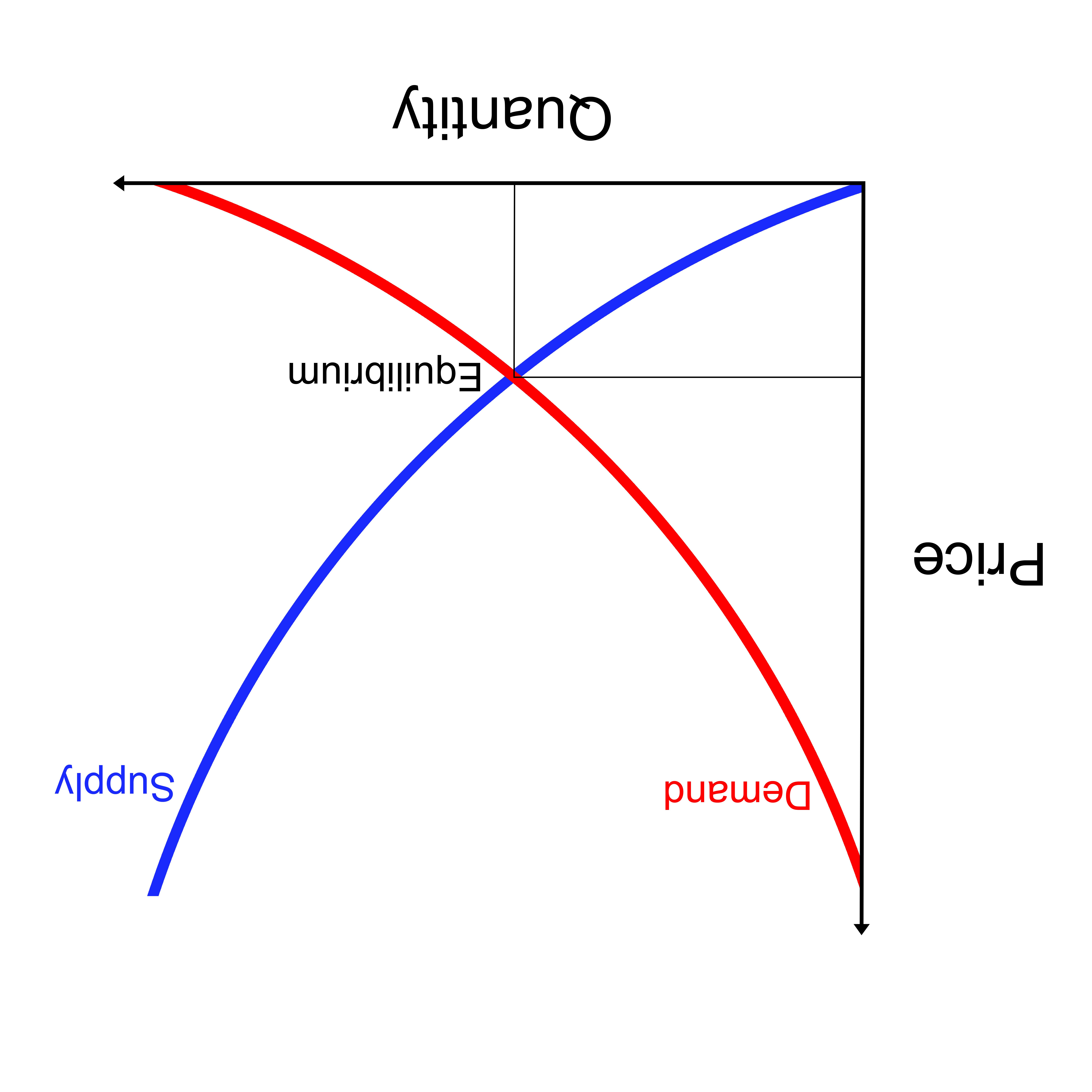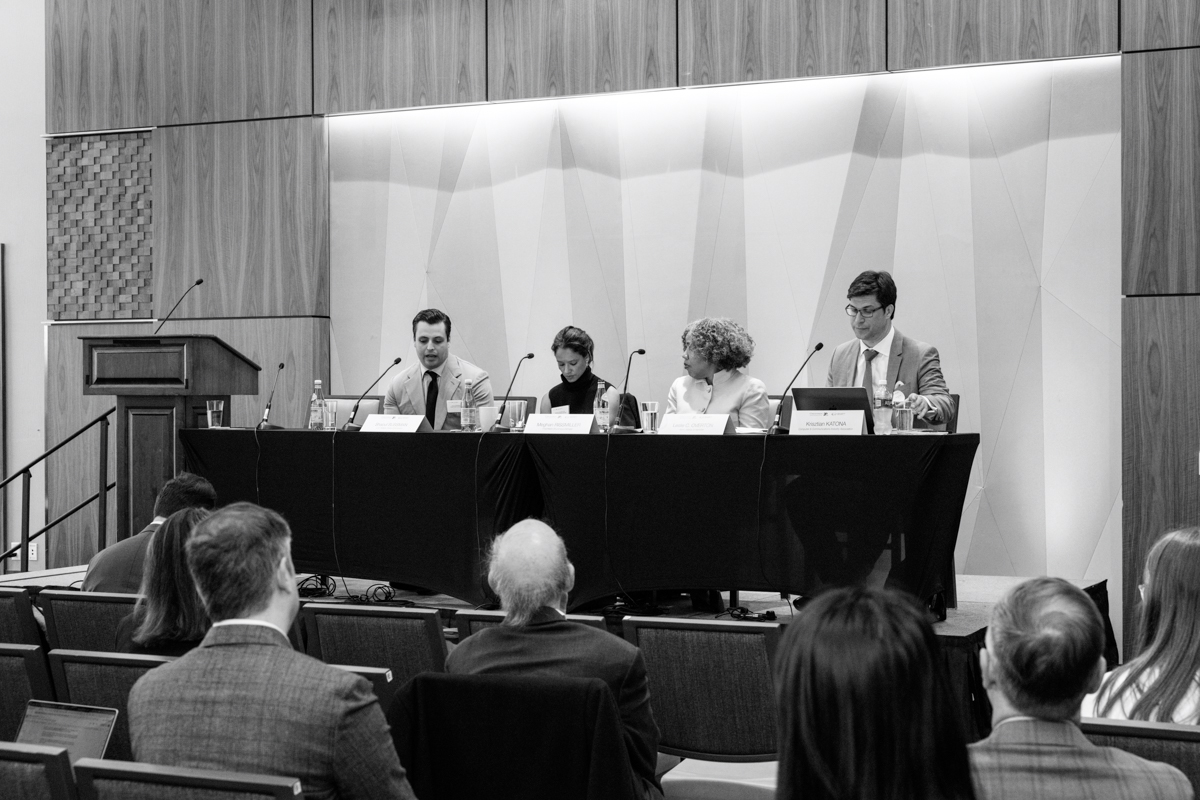ABA Antitrust Spring Meeting Recap: Enforcer’s Thoughts
Last week was the American Bar Association’s Spring Meeting for antitrust law practitioners. It was a week full of panels on competition law and policy topics. One of the most important aspects of the Spring Meeting for policy wonks and practitioners is that current antitrust enforcers from around the world are invited to share their thoughts on various issues being discussed. Indeed, Friday during the Spring Meeting is always reserved as a day for the heads of enforcement agencies to give their perspectives. While there were no major announcements, the day was full of notable moments. Especially when Margrethe Vestager, who is finishing her term as the European Commissioner for Competition, handed former U.S. Antitrust Division head Renata Hesse a hand-knitted elephant as a gift.
Here are some of the other highlights:
On the new Tech Task Force:
FTC Bureau of Competition head Bruce Hoffman compared the new Tech Task Force to the agency’s healthcare shop, which has been credited with advancing enforcement in the healthcare agency quite a bit and has led to some landmark cases. Hoffman said the FTC’s workshops suggested there are enough unique and structural issues to require sustained and analytical thinking on tech markets. This is why the Tech Task Force was created. (Also, it seems like its official moniker will be “TTF”).
FTC Chairman Joe Simons said the Tech Task Force will be informed by the FTC’s ongoing hearings and the approach is still in development. Simons said they will be looking at conduct and mergers past and present, as well as claims regarding acquisitions of nascent competitors.
On developing case law:
Enforcement agencies often look for cases specifically to develop the law in areas where there is no clear judicial guidance, or where the agencies think the judicial guidance is outdated or incorrect. Hoffman stated that he is extremely interested in bringing more single-firm conduct cases, and would personally like to bring two-sided market cases. Hoffman asserted, however, that the agency needs good cases to develop the law. This likely means cases with clear facts highlighting an important aspect of single-firm conduct law that presents an opportunity for a judge to issue an opinion with broad applicability to the market.
Bureau of Economics head Bruce Kobayashi said that one of the bureau’s focuses is to look for ways to build out the agency’s knowledge in a way that can lead to successful vertical merger cases.
On the consumer welfare standard:
No agency head seemed convinced that the consumer welfare standard (“CWS”) needed to be changed in favor of a different enforcement standard. Hoffman, however, stated there were some persuasive arguments that the CWS should be expanded to include new concerns. Hoffman indicated that he believes it would be highly problematic if cases didn’t turn on some objective measure. Kobayashi stated it would be hard to tell economists to measure something else, but wanted to clarify that economists are engaging in nuanced analyses that includes attempting to measure quality and innovation effects even where those are difficult. Hoffman thinks that most of the criticism of the CWS is based on a misunderstanding of what enforcers do.
Internationally, Margrethe Vestager, European Commissioner for Competition, said she is trying to push for a deeper understanding of how to use existing tools more effectively, and to answer the question of whether they need new tools. Rod Sims, Chairman of the Australian Competition and Consumer Commission, said it is wrong to introduce wider objectives into competition policy and that if you try to have competition address everything it will solve nothing.
On the political role:
Agency heads Makan Delrahim, Antitrust Division, and Joe Simons, Chairman of the FTC, both identified certain questions that they believed would be more appropriate for elected politicians to answer. Delrahim referenced policy proposals by some Democratic presidential candidates to say that there are certain things that can be legislated but wouldn’t be appropriate for agencies to do now on their own. For example, breaking up companies for being ‘too big.’ Simons said that privacy was an area where there are inherent societal questions that should be handled by elected officials. Simons stated that he would prefer to have Congress legislate solutions to privacy issues with the FTC advising them on trade-offs. For example, Simons said he had concerns that certain kinds of privacy protections can entrenched incumbents.
On an update to the Vertical Merger Guidelines:
U.S. antitrust enforcement agencies have co-drafted a number of guidelines and advisory statements that inform markets about how the agencies approach enforcement. An example of successful guidelines is the Horizontal Merger Guidelines (“HMG”). The HMG is useful for both judges and practicing attorneys who advise clients on issues relating to horizontal mergers. An example of guidelines that are no longer successful is the Vertical Merger Guidelines (“VMG”). The problem is largely that the VMG is outdated. To illustrate this point, Delrahim asked the audience to raise their hand if they thought they could still rely on the VMG. Not a single attendee raised their hand.
Delrahim concluded that he regards the VMG as having no value or guidance in today’s world, and thinks that an update would be useful to the business community. To that end, he informed attendees that DOJ has been working on a draft and would like to issue a joint product with the FTC, as has been tradition with the guidelines. Simons was interested in working with the DOJ to issue a new VMG. Simons stressed that it was important to make any new guidelines as bipartisan as possible so that they will last through changes of administration. However, Simons acknowledged that the creation of a new VMG will be difficult because of how complicated vertical is compared to horizontal. The FTC has been working towards a high level structure that can be used to construct a new VMG, and Simons suggested they think about issuing something like a commentary in the meantime.








